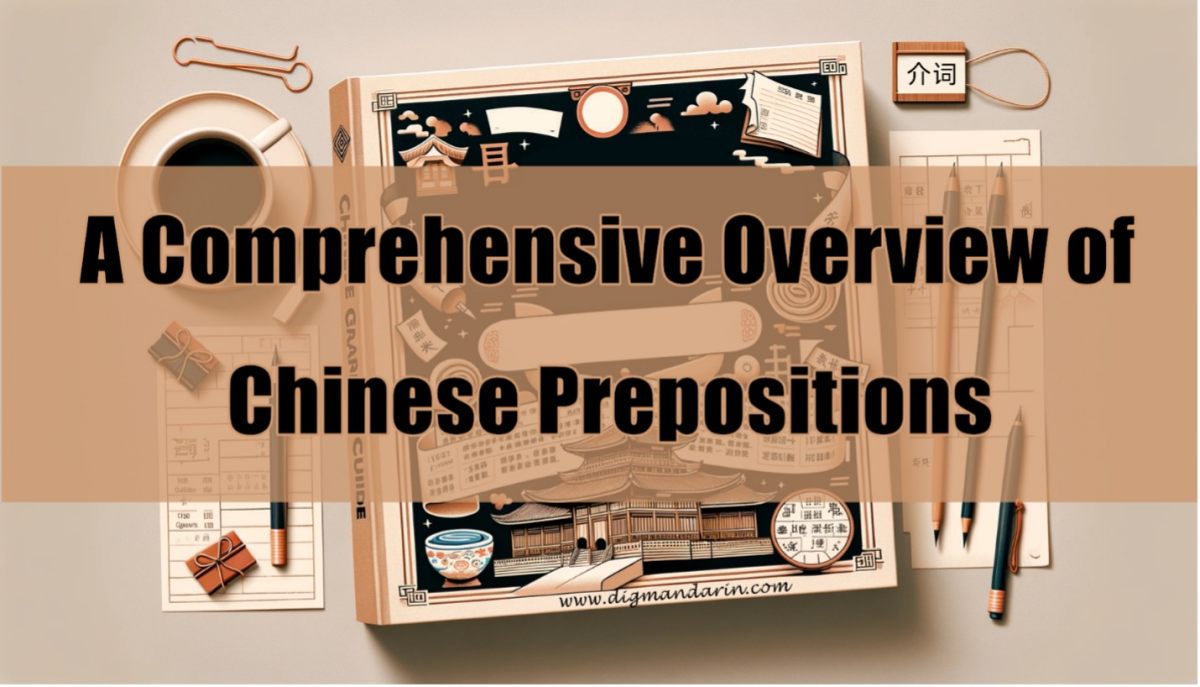How To Use The Structural Particle “地” In Chinese Grammar
The Structural Particle 地 contains 土 (tǔ) and 也 (yě) and acts like the -ly suffix in English. It changes adjectives into adverbs by going at the end of them. This describes how an action is done, describing the manner, mood, or method of it. You can watch a video explaining the difference between 的, 地, and 得, as well as other HSK-related grammar tutorials here.
1. Basic Structure
Adjective/ Adverb + 地 + Adjective / Verb
To form a phrase using this character, use the positive form of an adjective or adverb followed by 地 and then an adjective or verb.
For example:
孩子们快乐地唱歌。Háizimen Kuàilè de chànggē.
The children sing happily.
2. Structure With Modal Verbs or Negation
Modal verb + Adverb + 地 + Verb
Negation + Adverb + 地 + Verb
Modal verbs or negation particles should be placed before the adverb in this structure.
For example:
老师应该认真地讲课。Lǎoshī yīnggāi rènzhēn de jiǎngkè.
The teacher should give lectures conscientiously.
他不高兴地告诉我这件事。Tā bù gāoxìng de gàosù wǒ zhè jiàn shì
He told me about this thing unhappily.
3. Structure With Short Phrases
Phrase + 地 + Verb
Short phrases can also be added before 地 to describe how actions are carried out.
For example:
他一字一句地跟我说。Tā yí zì yí jù de gēn wŏ shuō.
He told me, word by word.
我们无所畏惧地和对手竞争。Wǒmen wú suǒ wèijù de hé duìshǒu jìngzhēng.
We compete fearlessly with our opponent.
4. Structure With Double Adjectives
To emphasize the degree of an attribute or state, some adjectives can be reduplicated.
Monosyllabic adjectives
Monosyllabic adjectives should be duplicated.
每天妈妈都早早(儿)地起床。Měitiān māmā dōu zǎozao (er) de qǐchuáng.
Mom gets up very early every morning.
The adjective 早 (early) will become 早早(儿 )(very early).
Note: When followed by 儿 (used in the Beijing accent), the second adjective should be pronounced in a light tone with stress on the duplicated word. If 儿 is not used, the second adjective should be pronounced the same as the first one. For example, 每天妈妈都早早地起床 (Měitiān māma dōu zǎozǎo de qǐchuáng.)
Disyllabic adjective
A disyllabic adjective in the 地 construction can also be duplicated for emphasis by following the pattern AB → AABB.
For example, 高兴(gāoxìng) becomes 高高兴兴(gāogao xìngxing):
Example:
她高高兴兴地去学校。Tā gāo gao xìng xing de qù xuéxiào.
She very happily goes to school. /She goes to school in a very happy mood.
Note: The second syllable is usually pronounced in the neutral tone.
5. With 把 (bǎ) and 被 (bèi) Sentence Structures
……地 + 把 + …… + Verb + ……
Agent + 被 + …… + ……地 + Verb
To use the 地 construction in sentences with 把 (bǎ) and 被 (bèi), place it before 把 and after 被 and its agents.
For example:
爸爸紧紧地把孩子抱着。Bàba jǐn jin de bǎ háizi bàozhe.
Dad held the kid tightly.
孩子被爸爸紧紧地抱着。Háizi bèi bàba jǐn jin de bàozhe.
The kid is held tightly by his dad.
6. 地 Construction vs 得 Construction
The main difference between the 地 construction and the 得 construction is that adverbs in the 地 construction describe the manner, mood, or method of actions, while adjectives in the 得 construction describe the degree or result of actions and sometimes refer to the objects of sentences.
For example:
A. 他很快地喝完了水。Tā hěn kuài de hē wánle shuǐ.
He drank the water very quickly.
B. 他水喝得很快。Tā shuǐ hē de hěn kuài.
He drank the water quickly.
In sentence A, which uses 地, the emphasis is on how he drank the water, while the result of that may not necessarily be very fast. In contrast, sentence B, using 得 , implies that he finished drinking in a short amount of time.
Here’s another example:
C. 她轻轻地唱歌。Tā qīng qīng de chàng gē.
She sings softly.
D. 她歌唱得很轻。Tā gē chàng de hěn qīng.
She sings lightly.
In sentence C, the emphasis is on the manner of singing, which is soft. However, in sentence D, the emphasis is on the result of the singing, which is light.
Conclusion
The 地 construction is a crucial element in the Chinese language. By understanding the function and usage of the 地 particle, Chinese learners can add more depth and variety to their language skills. With practice, learners can master the correct placement of adverbs and adjectives and apply the appropriate particle to convey their intended meaning. Whether expressing mood, method, or degree, the 地 construction offers a flexible and powerful tool for learners to enhance their communication in Chinese.
Exercises
Translate the following sentences into Chinese.
- He walked into the classroom quietly.
- The little girl sings very loudly.
- He always finishes eating very fast.
- You should have a good rest.
- The teacher has hung that picture on the wall carefully. (use 把 sentence)
- She put all her books into the schoolbag, one by one.
Reference answers:
- 他悄悄地走进教室。
- 这个小女孩很大声地唱歌。
- 他总是很快地吃完饭。
- 你应该好好地休息。
- 老师把这幅画小心地挂在墙上。
- 她把她所有的书一本一本地放进书包里。





“Let’s see another example:(Another example would be useful here, especially since it was originally planned. Otherwise, this is a really well written article, and I even learned many things from it.)”
Hehe, I think this article needs some extra editing 🙂 I also would appreciate extra examples, as I don’t quite understand the differences between A. 他很快地喝完了水。and B. 他水喝得很快。